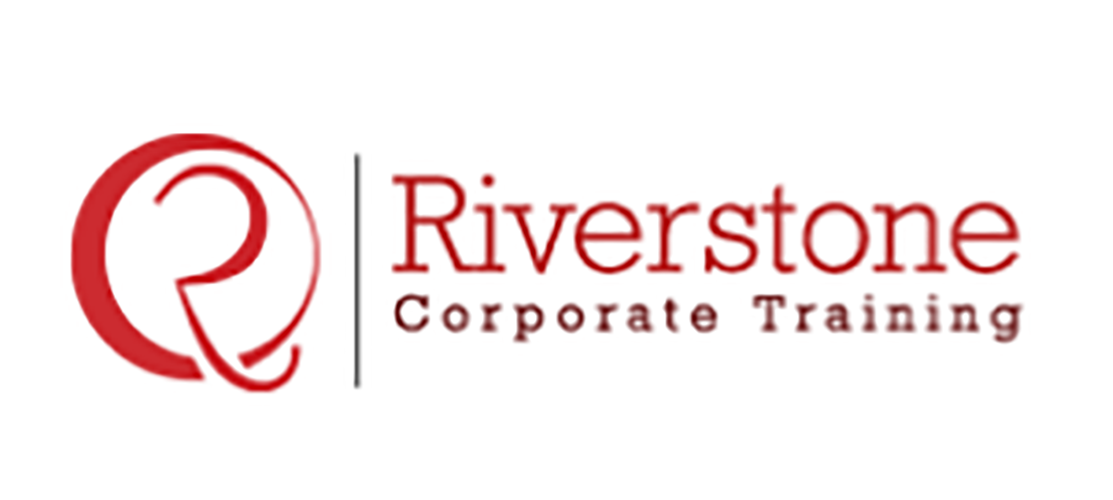
What are Small and Medium-sized Enterprises (SMEs)?
From coffee shops to mom-and-pop restaurants, most businesses in the UK are considered Small and Medium-Sized Enterprises, or SMEs. Parliament acknowledged 5.7 million SMEs in the UK, their role imperative to future economic growth. Independent companies comprised of fewer then 250 individuals are considered SMEs across the UK and Europe. A business can hire up to 500 individuals and still be called a SME in the United States.
Small but mighty, SMEs star a leading role in the sustainability of a balanced economy. Innovation and fresh ideas emerge from SMEs, their diverse teams putting their heads together in ways many large businesses can’t do. The entrepreneurial attitude SMEs carry lends to their success. Being more focused on customer interaction and satisfaction, managers can create and build invaluable relationships with their clients.
All over the world SMEs exist, but they’re often referred to using different terms. These terms are important to learn, especially if you’d like to grow your customer base globally. In the U.S., SMEs are called Small-to-Mid Size Businesses, or SMBs. Kenya is booming with small businesses, and there referred to as Micro, Small, and Medium-Sized Enterprises, or MSME. And in India, SMEs are called Micro, Small, and Medium Enterprise Development, or MSMED. At least the United Nations (UN) and the World Trade Organization (WTO) use the term SME, making it the most common term.
The one entity which doesn’t categorize businesses into SMEs, is the Internal Revenue Service (IRS). The IRS places self-employed individuals and small businesses into a group together; Mid to large sized businesses in another.
Small Enterprises
Generally, there are two entities belonging to the small enterprise category. The home office or barn maintenance type of small business is one. The other, more of a modern take on service, often involving the use of technology to grow with the times and developments. Many startup businesses fall right here in this sector. If a business has less than 10 employees, it may be considered a part of SMEs, or it won’t, depending on the country. In some countries, these itty-bitty companies are considered Micro businesses.
How do SMEs Support Economic Growth?
When you think of a healthy community, you think of all the gears twisted by the SMEs. The blood through the city’s veins. Not only do SMEs employ millions all over the world, they push social development and contribute to economic growth. Global estimates claim SMEs contribute to up to 70% of gross domestic product (GDP), their area of significance being the service industry. Important contributions to economy from SMEs include:
Employment Opportunities: Because SMEs are more likely to hire less-desirable candidates (because of age or lack in skillset), they must provide on the job training. This teaches individuals valuable skills they use to push economy forward. Low wages support the economy, SME employees produce goods and services, then turn around and put those earnings back into purchasing goods and services. The beautiful balance.
Jobs: SMEs create millions of jobs every year.
Competition and Innovation: New skills and ideas are presented from SMEs, providing a healthy economy. The marketplace becomes more dynamic as more individuals from different cultures, backgrounds, and talents, enter the workplace. With diversity becoming praised, more ideas will emerge.
Easily Adaptable: SMEs have better odds of surviving an economic downturn than large businesses. Because SMEs tend to focus on customer interaction and satisfaction, their relationships with clients outweigh the name brand.
The advancements in technology have helped the ideas and knowledge of these SMEs spread across the world allowing for feedback and better communication, advertisement, and information of the community they each belong to.
A Comprehensive Guide to Financing Options for SMEs:
Availability of sufficient finance is an enduring issue to Small and Medium-sized Enterprises (SMEs) and it plays a major role in their survival and prosperity. This guide would also discuss the alternatives of financing these essential businesses that can be availed by them other than taking means of a loan through banks. The subjects will touch on government grants and subsidies specifically to SMEs, venture capital, and angel investors to innovative startups, crowd-funding platforms of projects that have been supported by the community, and a variety of alternative lending sources exist. For startups seeking to attract investment, enrolling in a comprehensive startup valuation course for Singapore entrepreneurs can enhance their ability to present a solid valuation. Similarly, understanding capital structuring through a step-by-step project finance course in Singapore can empower SME owners to align their funding strategy with project-based growth initiatives. Understanding each option’s eligibility criteria, pros, and cons empowers SME owners to make informed decisions, securing the capital needed to invest in expansion, manage cash flow, and navigate economic downturns effectively.
Key Challenges Faced by SMEs and How to Overcome Them:
The Small and Medium-sized Enterprises (SMEs) are the foundation of the economy, which in most cases attains various challenges to degrade its potential. The usual challenges are lack of access to capital, heat competition against bigger corporations, challenges to attract and retain some of the best talents, and quick changing expectations in the market. Also, the regulations involving complexities and digital transition may be overbearing on smaller operations. This material would provide practical solutions to beating these challenges, which include government support packages, specialization on a product or product line to use up resources and create customer loyalty, adoption of digitization technologies to promote efficiency—such as through custom e-learning content development services in Singapore—as well as the entrepreneurship culture that facilitates innovation in the face of resource limitations. Additionally, SMEs can greatly benefit from the best finance courses for non-finance managers Singapore offers, empowering leaders with essential financial literacy to make more informed decisions.


